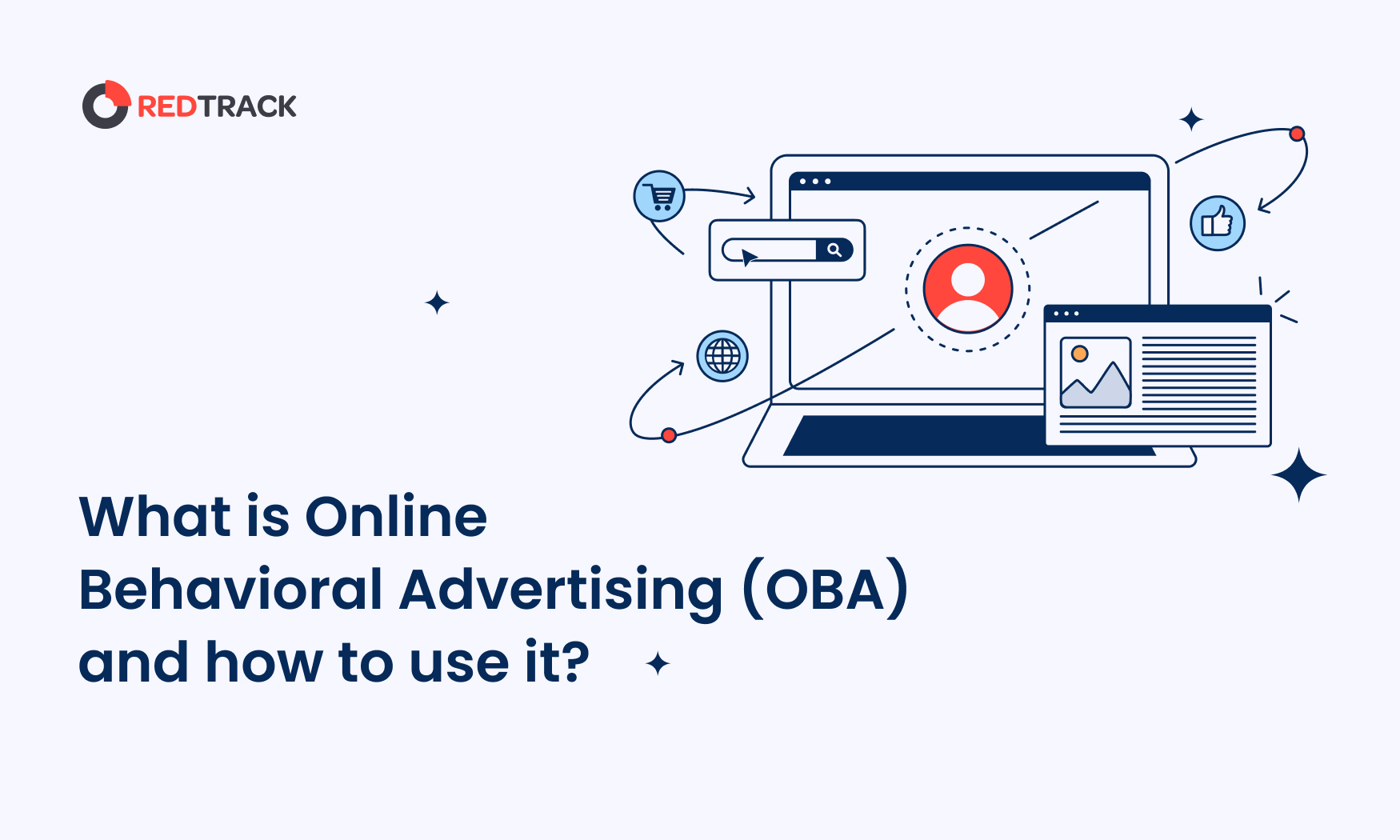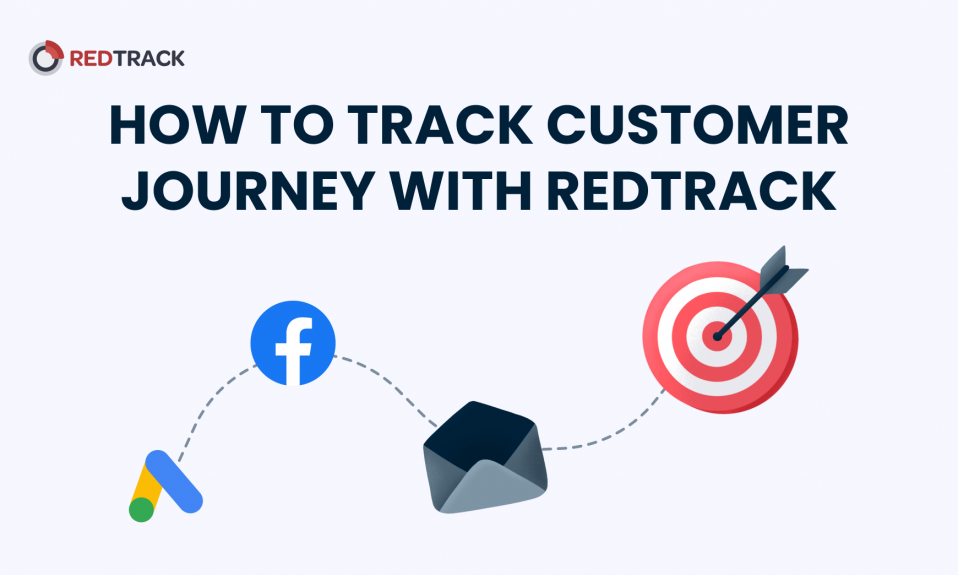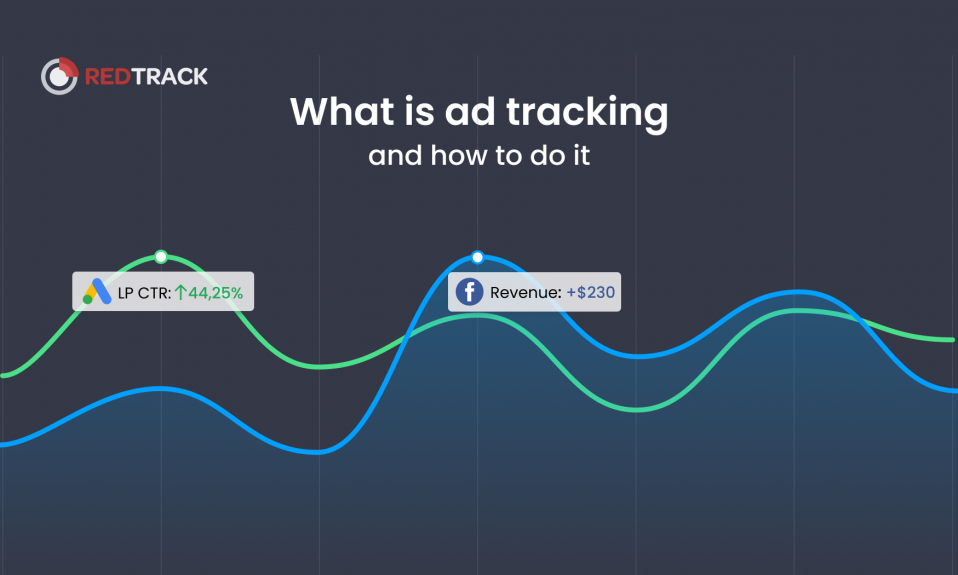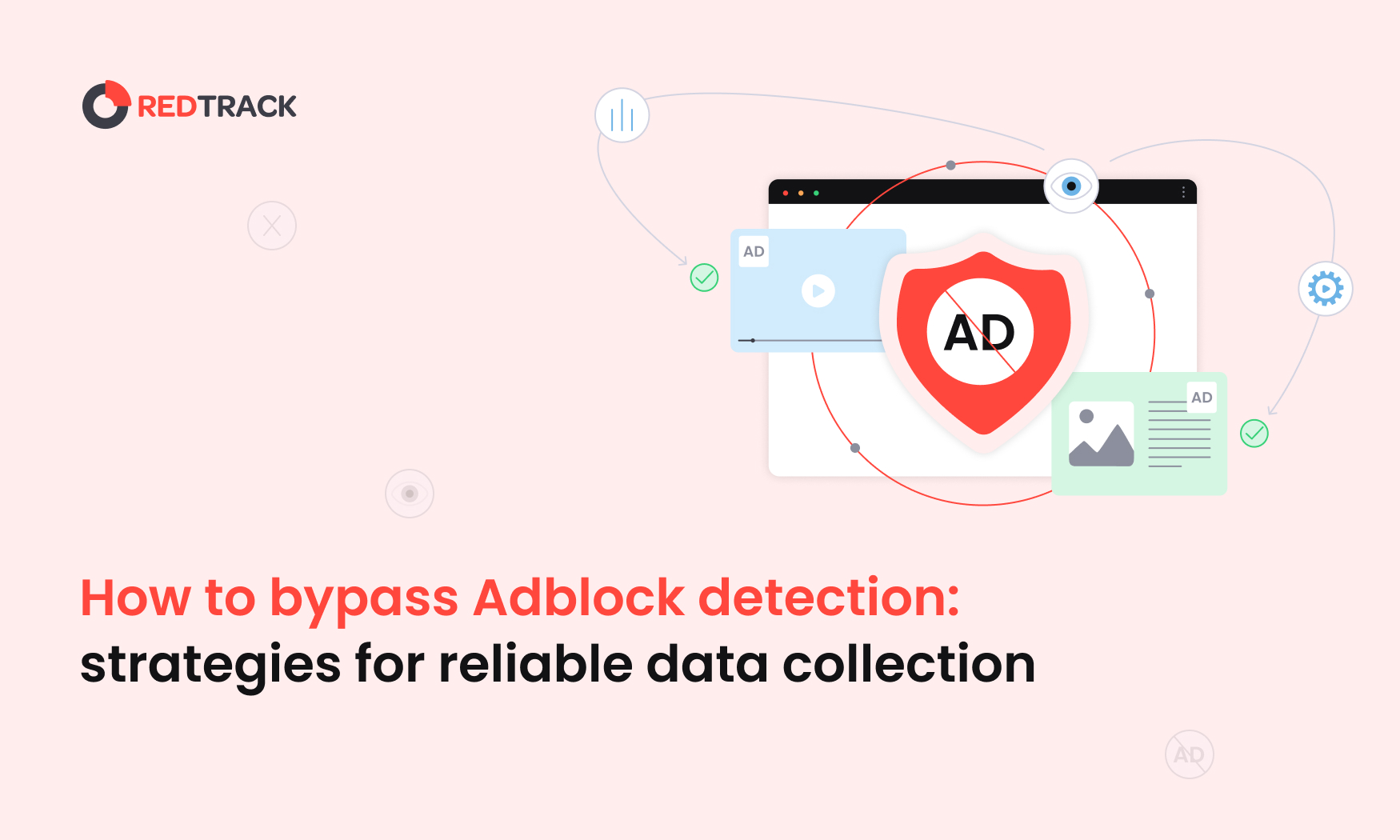
Online behavioral advertising has become a cornerstone of modern digital marketing, offering personalized ads based on users’ online activity. It goes beyond traditional marketing by focusing on the user’s browsing behavior to deliver more targeted, relevant ads.
For instance, in affiliate marketing, OBA enables advertisers to target users who have shown interest in specific products or categories, increasing the likelihood of conversion. A user who browses travel websites, for example, may be served ads for hotel deals or vacation packages, making the advertising experience more relevant and useful.
In this article, we’ll explore:
- What OBA is;
- How it functions;
- How you can leverage it to enhance your marketing strategy without alienating your audience.
Read on to learn more about how OBA works!
What is Online Behavioral Advertising?
Online Behavioral Advertising is an advanced marketing technique where ads are served to users based on their online behavior. This includes the websites they visit, their search queries, and the content they interact with. The goal is to display more relevant ads to their interests, increasing the likelihood of engagement.
Unlike traditional forms of advertising and advertising networks, which show the same message to everyone, OBA tailors the content specifically to the user’s habits.
Furthermore, in 2025, online behavioral advertising is poised to dominate the digital space. Consumers’ growing demand for personalized experiences drives this trend. In contrast to traditional ads, online behavioral advertising blends smoothly with content, offering direct messages based on individual user behavior, interests, and preferences.
How does OBA work?
Online Behavioral Advertising uses advanced technology to deliver personalized ads, shaping the online advertising landscape. But have you ever wondered what happens behind the scenes? How do ads seem to know exactly what you’re interested in? Here’s how:
Tracking user behavior
At the heart of OBA are technologies like cookies, pixels, and device IDs. These tools track users’ online activities, such as:
- Websites they visit;
- Search queries they perform;
- Content they view, click on or engage with.
By collecting and analyzing this data, OBA systems can build detailed profiles of user preferences and habits.
Data analysis
Once data is collected, it’s analyzed to create a behavioral profile for each user. For example, if someone frequently visits websites about fitness and nutrition, their profile might indicate an interest in health-related products. This profile enables advertisers to display ads that resonate with the user’s preferences, leading to higher engagement.
Serving targeted ads
After building the profile, the user is placed into an audience segment based on their behavior. For instance, users interested in fitness may see ads for sports gear, health supplements, or workout apps when browsing the internet. This helps advertisers ensure that the right message reaches the right person at the right time.
Benefits of using OBA in your marketing strategy
OBA helps businesses show relevant ads to the right people. Here’s how it can improve your marketing:
Better ad relevance
OBA ensures that users are shown ads that match their interests, significantly increasing the likelihood that they will engage with the ad. For example, a person interested in cooking might be shown ads for kitchen gadgets or meal delivery services, making the ad more appealing and relevant.
Improved ROI
Since OBA targets users based on their behavior, it generally results in better ad performance. Ads are more likely to convert because they align with the user’s interests, meaning businesses get more out of their marketing spend, ultimately improving ROI.
Enhanced user experience
Nobody enjoys being bombarded with irrelevant ads. OBA improves the user experience by showing people ads they care about, rather than random ads that don’t relate to their preferences.
More efficient use of ad spend
OBA allows marketers to focus their ad budgets on the audiences most likely to convert, ensuring a higher return on investment. This efficiency makes it easier for businesses to maximize their advertising budget.
Common techniques used in online behavioral advertising
Online behavioral advertising has undoubtedly changed the way businesses connect with their target audience, offering unparalleled precision and effectiveness.
To maximize the potential of OBA, advertisers employ various techniques that cater to specific marketing goals and audience segments. Here are some common techniques used in online behavioral advertising:
Retargeting
Retargeting shows ads to users who have already interacted with your website but didn’t convert. For instance, if a user adds a product to their shopping cart but doesn’t complete the purchase, retargeting can serve them an ad reminding them of the item, potentially bringing them back to your site to finalize the sale.
Lookalike targeting
Lookalike targeting leverages behavioral data from your existing customers to find new users with similar online habits. This is particularly useful for expanding your customer base, as it helps you reach people who are likely to be interested in your products based on their behavior.
Interest-based targeting
This approach groups users into segments based on their browsing habits and interests, such as technology enthusiasts or fashion lovers. Advertisers can then serve highly relevant ads to these segments, increasing the chances of engagement.
Contextual targeting
Contextual targeting involves serving ads that align with the content a user is currently viewing. For example, if a person is reading an article about the best hiking trails, they might see ads for outdoor gear or hiking boots.
How to implement OBA in your campaigns: step-by-step
Online behavioral advertising helps you reach your target audience with precision and relevance. To get started, follow these practical steps to create effective OBA campaigns:
Step 1: Define your target audience
Begin by identifying the audience segments you want to reach. For example, if you sell fitness products, you might target health-conscious individuals or people who regularly search for exercise tips online.
Step 2: Set up tracking on your website
Use tracking tools like Google Analytics, Facebook Pixel, or RedTrack to collect data on user behavior. These tools help you track how users interact with your site and gather valuable insights for creating behavioral profiles.
Step 3: Build behavioral profiles
Segment your audience based on their online activities. For example, users who frequently browse for running shoes can be placed into a “running gear” segment, while those searching for workout equipment might be placed into a “home workout equipment” segment.
Step 4: Create tailored ads for each segment
Develop customized ads that speak directly to each segment’s interests. For example, ads targeting frequent travelers might focus on travel-friendly products or services that make travel more convenient.
Step 5: Set up retargeting campaigns
Create retargeting campaigns to reach users who visited specific pages but didn’t complete an action, such as adding a product to their cart but not checking out.
Step 6: Monitor and optimize
Regularly review your campaigns and adjust targeting, messaging, and budgets based on performance data. Optimization is key to improving your results over time.
Challenges and risks of online behavioral advertising
While OBA enhances ad relevance, it also raises important concerns. Privacy, data accuracy, and over-personalization can impact user trust and advertiser success. Understanding these challenges is crucial for responsible and effective OBA practices:
Privacy concerns
Users may feel uncomfortable with the level of tracking involved in OBA. To mitigate this, be transparent about your data practices and ensure compliance with data privacy regulations like GDPR and CCPA.
Data accuracy issues
Behavioral data isn’t always accurate. For example, users may browse on different devices, or they may use ad-blockers, which can prevent data collection.
Over-personalization
While personalization can improve relevance, too much of it can feel invasive. It’s important to strike a balance between tailoring ads to users and respecting their privacy.
Best practices for using OBA effectively
To get the most out of online behavioral advertising, it’s essential to prioritize precision, transparency, and continuous improvement. Follow these recommended best practices to optimize your OBA campaigns, boost ROI, and foster a positive user experience:
- Always get user consent: Ensure transparency in data collection and give users the option to opt out of behavioral tracking.
- Segment thoughtfully: Avoid overly broad audience segments. The more specific your segments, the more relevant your ads will be.
- Regularly review your data: Continuously check the accuracy and relevance of your behavioral data, adjusting your targeting as needed.
- Keep testing and optimizing: Use A/B testing to evaluate different ad creatives, messaging, and targeting strategies. Optimize your campaigns based on performance.
How RedTrack helps simplify OBA campaigns
Managing online behavioral advertising campaigns can be complex. RedTrack makes it easier. With its powerful tracking and analytics tools, RedTrack helps advertisers understand their audience, optimize ads, and increase returns. Key features includes:
- Behavioral data tracking: RedTrack captures user behavior across multiple channels (web, mobile, social media), providing valuable insights.
- Advanced audience segmentation: Segment users based on demographics, interests, engagement levels, and custom events for targeted ad delivery.
- Real-time performance monitoring: Track each segment’s performance, measuring metrics like clicks, conversions, and revenue. Optimize campaigns with data-driven decisions.
Conclusion: using OBA without overstepping
Online Behavioral Advertising offers a powerful way to deliver more relevant ads and improve marketing results. When used responsibly, it can enhance both user experience and business performance. By focusing on relevance and respecting user privacy, you can create a win-win situation for both your audience and your brand.











